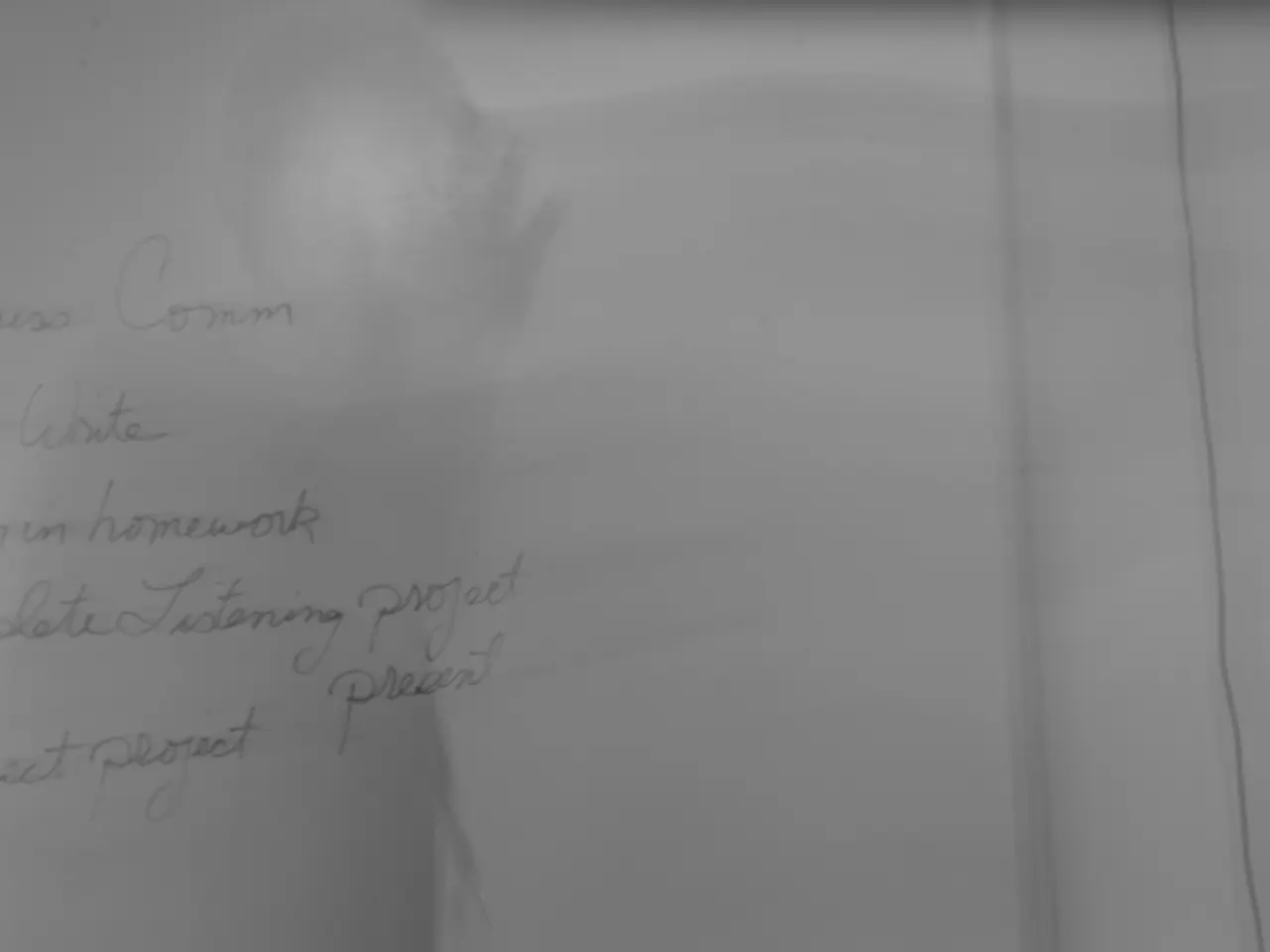Fed urged to implement countercyclical capital buffer, proposes Warren
In a letter addressed to Fed Governor Randal Quarles, Senator Elizabeth Warren (D-MA) has called for the activation of the Countercyclical Capital Buffer (CCyB) framework. The tool, established by the Federal Reserve in 2013 under the Dodd-Frank Act, requires large banks to maintain an extra capital cushion during economic expansion to improve their resilience and lending capacity during downturns.
The senator's call comes as the Fed's survey of salient risks to the financial system shows higher concerns about risks to global trade, policy uncertainty, persistent inflation, risk asset/valuation correction, and treasury market functioning compared to the fall. Warren specifically cites Fed projections from June indicating that President Trump's tariff war is driving expectations of higher inflation, higher unemployment, and less growth.
In its April financial stability report, the Fed identified several concerning indicators, including high asset valuations, high hedge fund leverage, and low liquidity in Treasury and equity markets. Warren argues that these conditions make the activation of the CCyB even more crucial, as it is designed to protect against such economic conditions.
Moreover, Warren has highlighted the rapid growth of private credit, which has seen a 145% increase in the volume of bank loans to private debt funds, as a risk that should push the Fed to activate the CCyB. The CCyB level has remained at 0% since its introduction in 2013, despite the economy growing by over 30%.
Warren has requested a response from Fed Governor Quarles, Chair Jerome Powell, and Vice Chair for Supervision Michelle Bowman by September 5. She has also asked for information about the Fed's plans for reducing big bank capital and other safeguards. The Fed has confirmed receiving the letter and will respond.
Warren's urging for the activation of the CCyB is not new. She has been a long-time advocate for the tool, citing its potential to strengthen the financial system ahead of potential economic challenges. However, the Federal Reserve has maintained that the current financial conditions do not meet its internal criteria for activation, evaluating factors such as asset valuations, economy-wide leverage, and asset-liability mismatches before making a decision.
The Fed's practice of not voting on the CCyB and keeping it at zero despite emerging risks has been criticised by Warren and others who view it as a violation of their own policy guidelines. The senator argues that the Fed's inaction on the CCyB is a missed opportunity to strengthen the financial system ahead of potential economic challenges.
[1] Source: Warren's letter to Fed Governor Randal Quarles, dated August 5, 2021. [3] Source: Warren's letter to Fed Chair Jerome Powell and Vice Chair for Supervision Michelle Bowman, dated August 5, 2021.
Read also:
- Destroying Bingin Beach in Bali overlooks the substantial danger posed by excessive development
- Honda CR-V's Air Conditioning System Facing a Common 2022 Model Issue, Dealer Replaces it and Offers a Decade-Long Warranty for the Fix
- Customs standoff between U.S. and China continues suspension
- Gathering at the 2nd Global Meeting on Renewable Energy and Green Chemistry, taking place in 2025.




